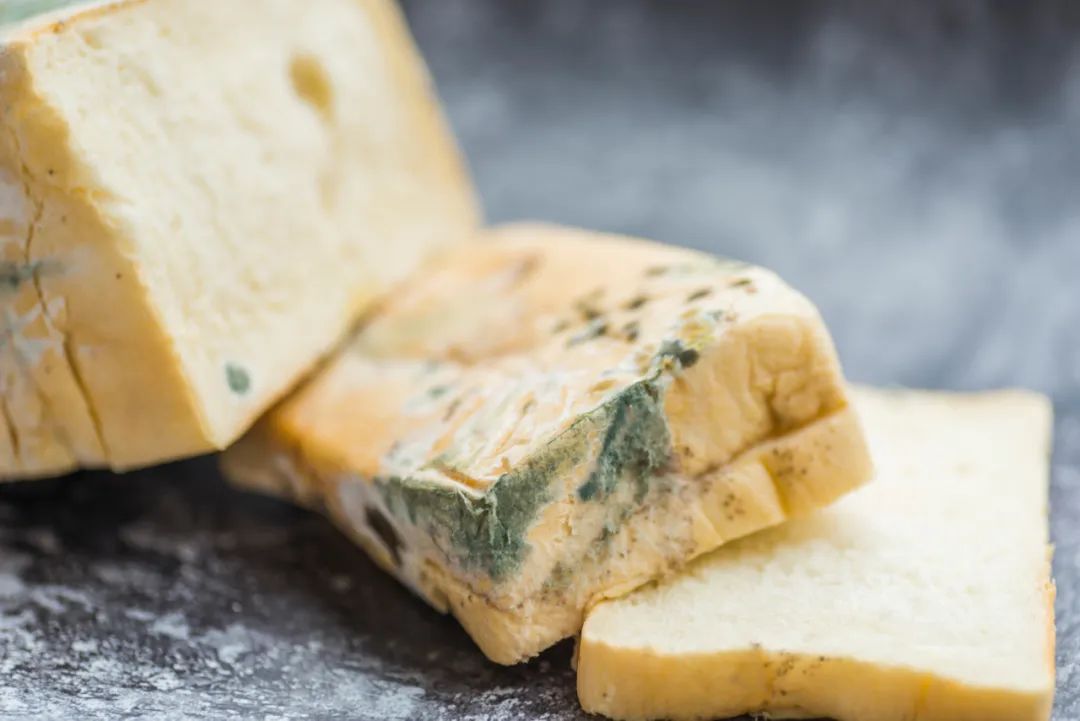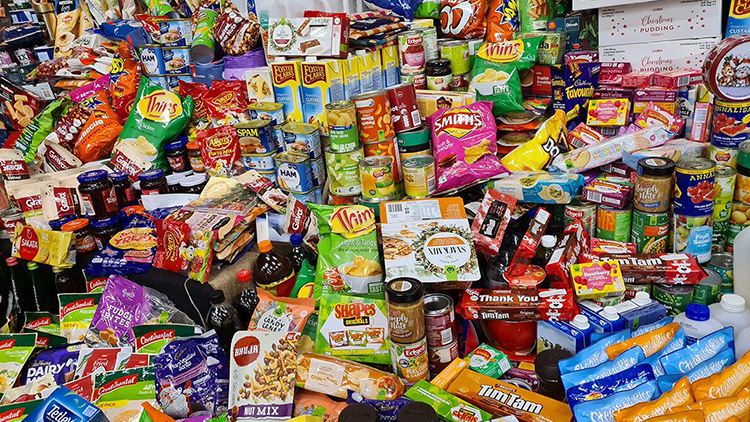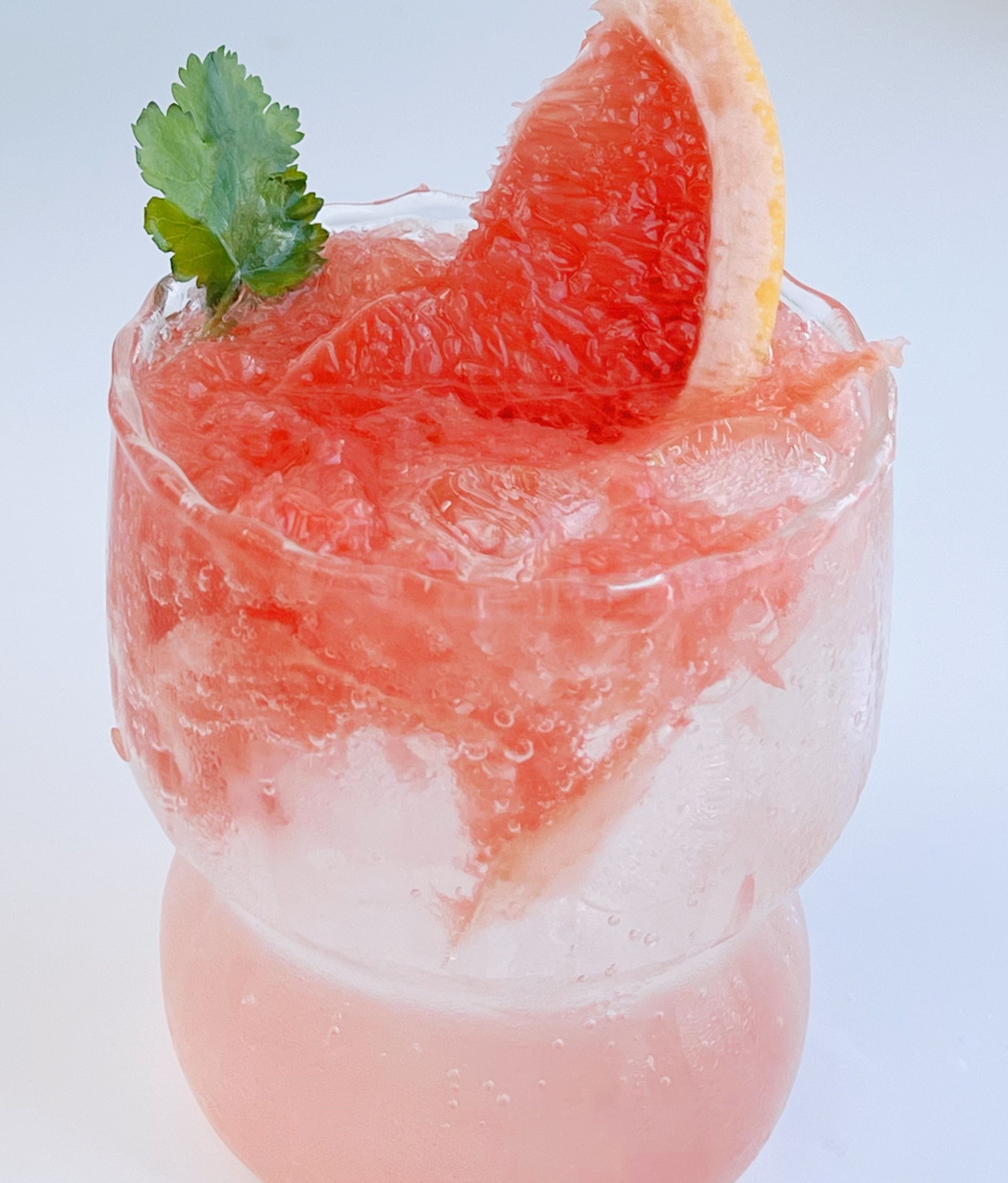Sinoright Blog
6 Types of Food Preservatives You Should Know
Are you familiar with food preservatives? If you are considering adding preservatives to your products to extend their shelf life, but are uncertain about which preservative to use and the necessary precautions, this article is an ideal resource for you.

What Are The Types of Food Preservatives?
What are the common preservatives in food, let's go over them all.
Sodium Benzoate
Sodium benzoate is a great ingredient that's used in lots of different foods and drinks. It's found in carbonated beverages, low-salt pickles, sauces, preserves, wines, fruit wines, fudge, soy sauce, vinegar, jams, fruit juices and fruit-flavored beverages, and fruit and vegetable juice concentrates in plastic drums.
Potassium Sorbate
Potassium sorbate is a great alternative to benzoic acid. It's used in a similar way, but it's especially good at keeping food fresh. It's perfect for fish, meat, eggs, poultry, fruit, and vegetables. You'll also find it in jellies, ready-to-eat soybean products, pastries, ready-to-eat jellyfish, lactobacillus beverages, and more.
Calcium Propionate
Calcium propionate is great for keeping your fresh raw pasta and wonton skins, etc., bread, vinegar, soy sauce, pastries, soybean products, canned prunes, etc. fresh and tasty!
Dehydroacetic Acid
Dehydroacetic acid is a great choice for pickled products, curd, pickles, and original orange pulp.
Sodium Diacetate
Sodium diacetate is a real lifesaver when it comes to storing cereal grains. It's a common ingredient in cereals and ready-to-eat soy products.
Hydrogen Peroxide
Hydrogen peroxide is suitable for raw cow's milk preservation. If you produce and sell milk, hydrogen peroxide is a good choice for your extended storage.
It can be tricky to know which food preservative to choose in practice. But don't worry! Following the recommendations above is a great way to make sure you choose the right one for you.
How to Use Food Preservatives
The proper use of food preservatives involves a number of considerations, including choosing the right preservative, understanding its properties, knowing how to use it, and complying with relevant regulations. Detailed guidelines for their use are given below:
Choose the appropriate preservative
-
Appropriate preservatives should be selected based on the type of food and the expected storage conditions. Know the bactericidal and bacteriostatic profiles of all food preservatives, their bacteriostatic concentrations and the distribution of potential flora in the food.
-
Understand the inherent properties of the food preservatives used, including their stability, solubility and compatibility with other ingredients.
Understand the factors that affect the effectiveness of preservatives
-
When using food preservatives, it is important to consider the effects of pH, moisture activity, and temperature on the effectiveness of the preservative. For example, some preservatives are more effective under acidic conditions, and a reduction in water activity can help to improve preservative effectiveness.
-
It is also important to understand the impact of food processing and storage conditions on the effect of preservatives in order to play the most effective preservative effect.
Usage
Add directly
Mix the preservative evenly with the raw materials during the food production process. Applicable to baked food, meat products, etc.
Soaking method
Soak the food in the preservative solution and then remove it to dry. Applicable to fresh foods such as fruits and vegetables.
Spray method
Spray the preservative solution on the surface of the food and then air dry. Applicable to baked foods such as bread and cakes.
Injection method
Inject the preservative solution into the food, such as meat products, fish and so on.
In conclusion, the proper use of food preservatives requires comprehensive consideration of a variety of factors, including the selection of suitable preservatives, understanding their nature, mastering the use of methods and compliance with relevant regulations. Through rational use, you can effectively extend the shelf life of your food while ensuring food safety.

Synthetic Preservatives VS Natural Preservatives
Do you know the difference between synthetic and natural preservatives? How to choose them in production? The following article gives you an overview.
The difference between natural preservatives and synthetic preservatives
Sources of natural and synthetic preservatives
-
Natural preservatives are substances of natural origin, such as plant extracts and animal fats.
-
Synthetic preservatives are synthetic chemicals that can be obtained by chemical reactions to raw materials.
The working principle of natural and synthetic preservatives
-
Natural preservatives contain natural antimicrobial ingredients that can extend the shelf life of food and cosmetics without the use of chemical additives.
- Synthetic preservatives are synthetic chemical substances that can be obtained by chemical reaction of raw materials, and their mechanism of action is to extend the shelf life of food and cosmetics by inhibiting the growth of microorganisms.
Are synthetic preservatives classified as preservatives?
Synthetic preservatives are a type of preservative.
They are widely used in areas such as food, cosmetics and pharmaceuticals to prevent the growth of microorganisms such as bacteria, molds and yeast, thereby extending the shelf life of products.
Synthetic preservatives are widely used in many cases due to their low cost and high efficiency, although they have some negative effects, such as the possibility of causing allergic reactions and carcinogenicity.
How to choose between natural preservatives and synthetic preservatives
While synthetic preservatives can help extend the shelf life of a product, they require extra care in their use due to their complex chemical composition.
For food and cosmetics, natural preservatives may be safer and healthier. For example, some plant extracts have natural antibacterial properties and can be used instead of synthetic preservatives.
The final choice of which food preservative to include in your production depends on the type of product and the environment in which it is produced and stored.
Any type of food preservative should be added in accordance with the national limitations on the amount that can be used to serve the purpose of reducing bacterial growth and prolonging storage time without negatively affecting the human body.

